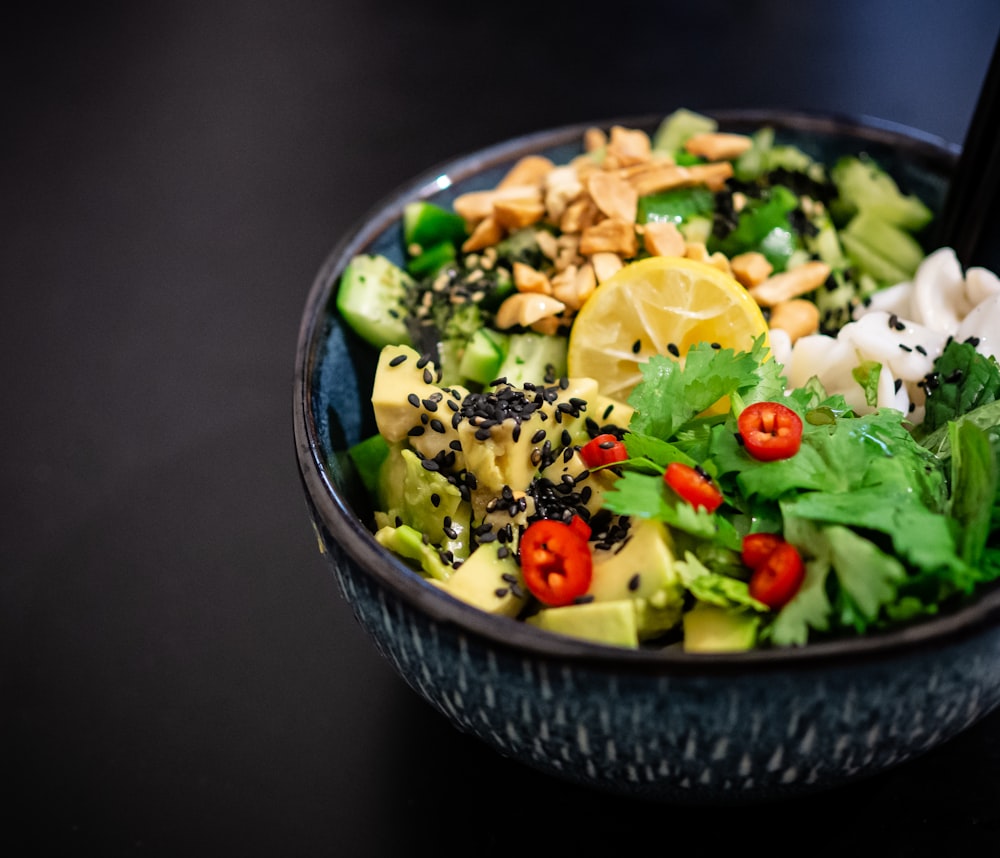People have the misconception that green salad is synonymous with lettuce, which is boring. Not so. The only thing holding you back from creating fascinating salads is your own lack of imagination.
Start with a bed of crisp salad greens. By including a variety of brightly colored fruits and vegetables in a salad, you can boost both its visual appeal and its nutritional value. To maintain a healthy and light diet, keep the amount of salad dressing to around one tablespoon for every one and a half to two cups of greens. Then, to truly make the taste stand out, add anywhere from one to three of these flavor accents; the exact number you use will depend on how many other components are included in your salad. You can put them on top of your salad, or you can mix them in with it.
Marinated Artichoke Hearts:
Artichoke Hearts in Marinara Sauce: If you want a tangy flavor, try slicing some marinated artichoke hearts and adding them to your salad. It is as simple as cracking open a jar and adding the desired amount.
Parmesan Cheese:

If your only experience with Parmesan cheese consists of shaking it out of a container, try using a vegetable peeler to shave roughly a tablespoon per serving from a block of cheese instead. This will give you a more authentic flavor. You might also top salads with freshly grated Parmesan cheese.
Croutons:
Croutons are a great way to add texture and taste to a dish.
Dried Cherries, Cranberries or Raisins:
Use these dried fruits in the dish because of the flavor and texture they offer. They are very quick and easy to include, and no preparation is necessary for them.
Basil, Chives, Dill or Parsley:
Mix your greens with either little basil leaves or larger ones that have been finely chopped. Try some freshly chopped dill. Add some minced chives or chopped parsley in the dish. You should start with around a teaspoon of herbs for each person, and then modify the amount based on how you like the flavor.
Apples or Pears:

Leave the skins on apples and pears before slicing them so they look appealing and taste better. The skin not only improves the overall appearance of the product but also provides essential dietary fiber. The juiciness and sweetness of pear slices, with the skin still on, make a wonderful addition to salads.
Olives:
Add olives for a jolt of additional flavor. Olives have around ten calories per tablespoon, as stated by the USDA’s FoodData Central website. Try with a variety of varieties to achieve a variety of flavors, such as kalamata or manzanilla.
Toasted Nuts such as Almonds and Walnuts:

Despite the fact that nuts are a source of fat and calories, the majority of the fat in nuts is unsaturated, which research suggests may help protect against cardiovascular disease. They are also a good source of vitamin E, which is a nutrient that is thought to be beneficial for the heart. Toasting nuts brings out their full flavor and aroma while also giving them a crisper texture.
Red Onions:
Mix salads with some sweet red onion slices that have been sliced very thinly. After purchasing onions, the National Onion Association suggests storing them in a place that is cold, dry, and well aired. The refrigerator is not an appropriate storage location for onions. When storing onions somewhere else than in the refrigerator, plastic bags are not the place for them.
Oranges:

Oranges that have been sliced enhance the flavor of salads and bring a ray of sunshine to the dish with their vibrant color. In addition to that, they supply you with an adequate amount of vitamin C and folate.
Toasted Sunflower See:
To give salads a vitamin E boost, sprinkle 1 tablespoon of sunflower seeds over each portion before serving. About 50 calories and almost entirely unsaturated fat can be found in a single tablespoon. Toasting them brings out more flavor.
Radishes:
Radishes, with their spicy flavor and crisp texture, can be added to salads after being sliced very thinly. Before storing the radish, make sure to cut off the green tops if they are still attached. Keep radishes that have not been washed in a crisper drawer in the refrigerator that is not the same as the drawer in which you keep fruits. You can use a perforated or open plastic bag for this purpose. Just before using, radishes should be washed and have their roots trimmed.
| Homepage | Click Here |
| 30 Best Homemade Salad Recipes | Click Here |
